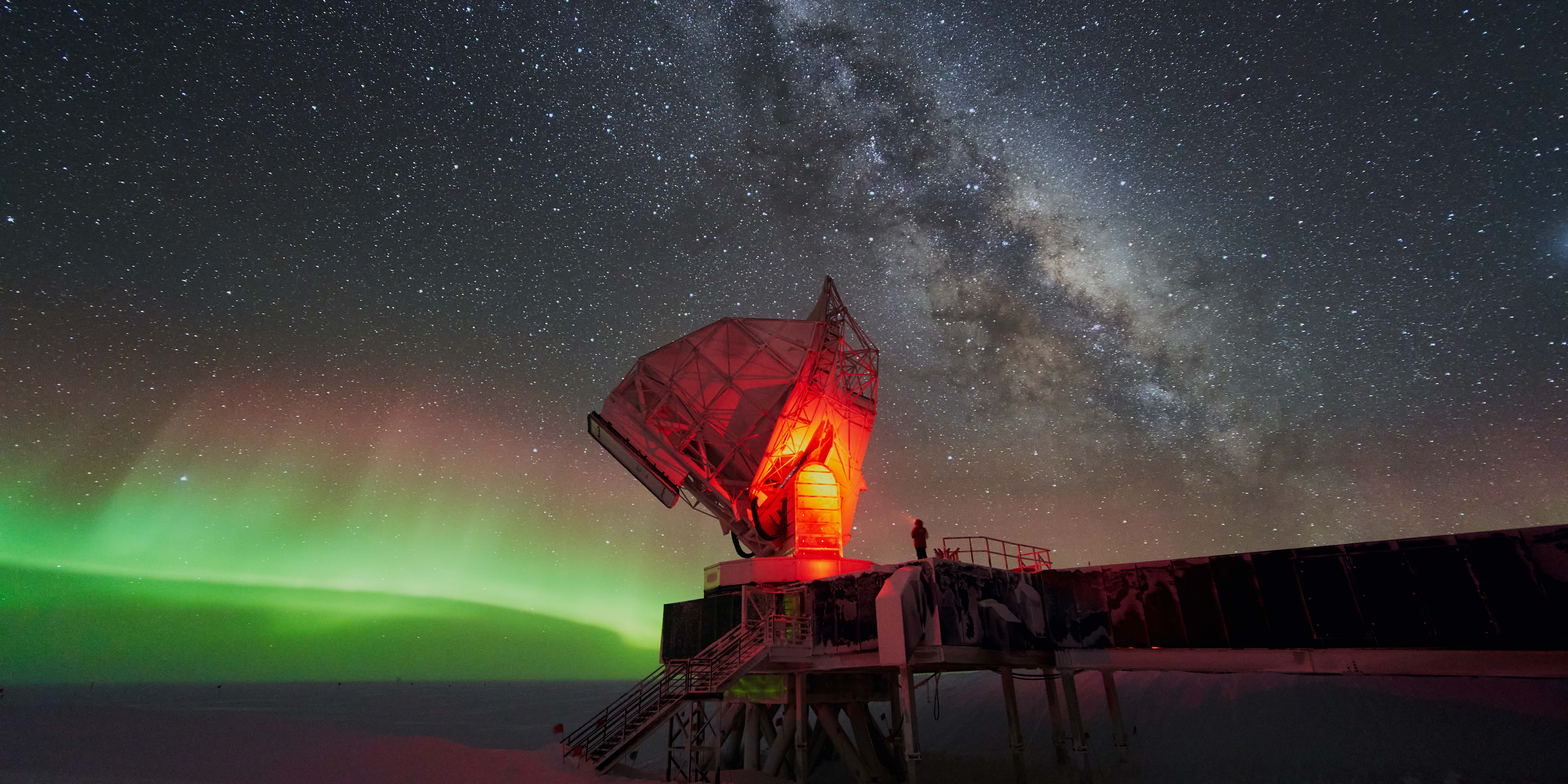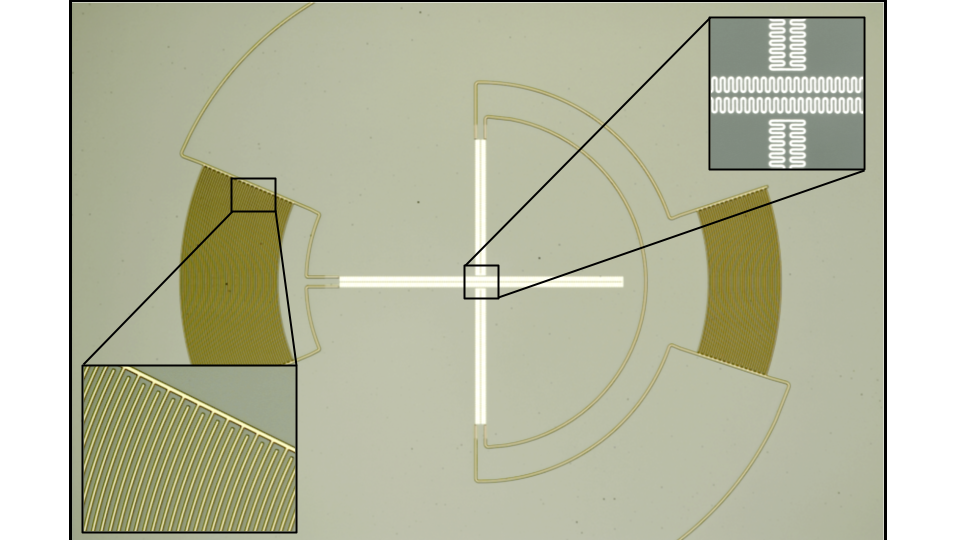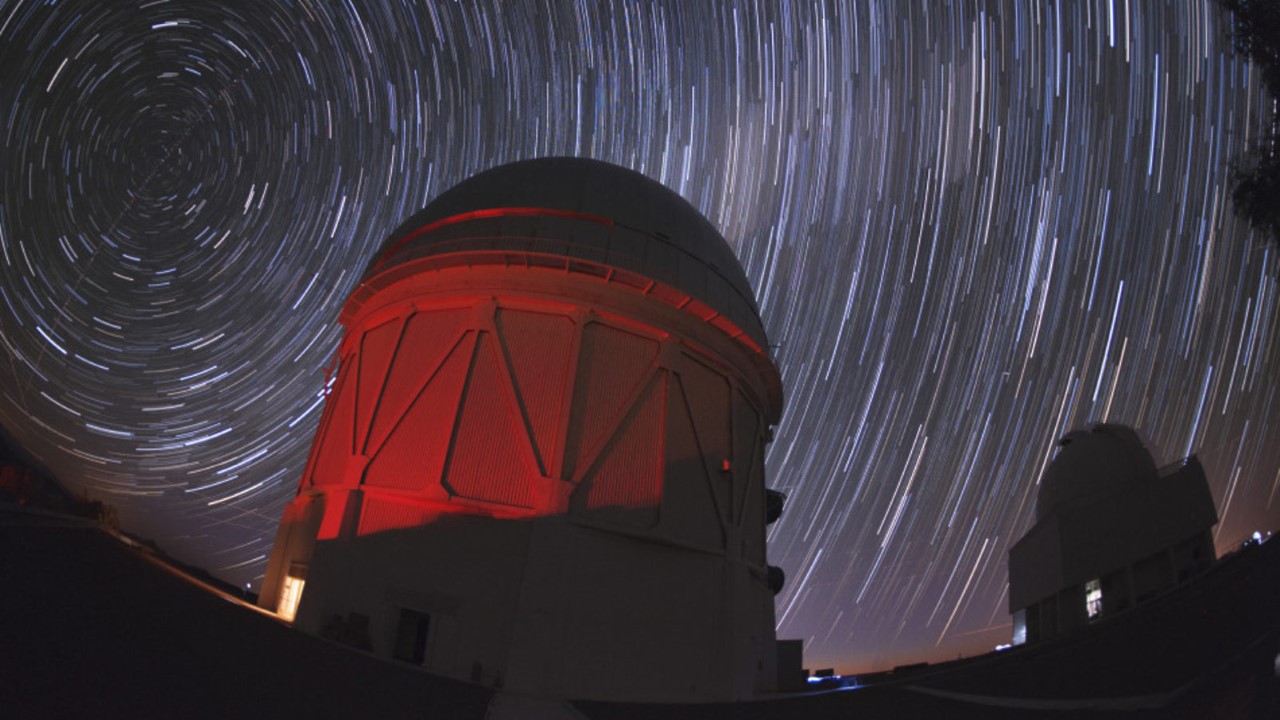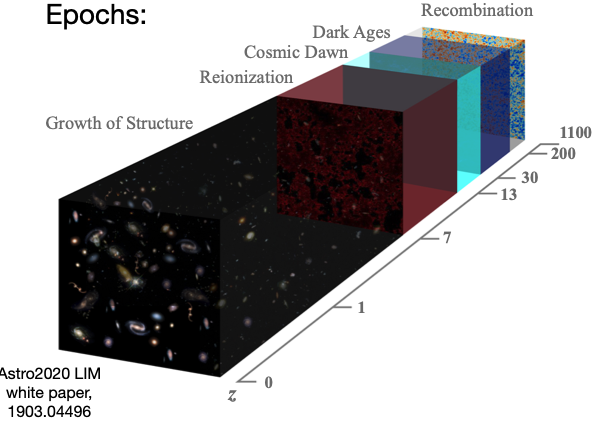Projects

The SPT is a 10-meter diameter microwave / millimeter / sub-millimeter telescope located at the NSF Amundsen-Scott South Pole Station, which is the best currently operational site on Earth for mm-wave survey observations due to its stable, dry atmosphere. The currently operating SPT-3G camera is over and order of magnitude more sensitive at 95, 150, and 220 GHz than the previous SPT-SZ and SPTpol cameras, with a broad range of science goals, including constraints on Inflationary gravity waves, the abundance of unknown relic particles, testing for cracks in the standard cosmological model, and constraints on cosmic structure formation.

CMB-S4 is a next-generation CMB experiment aiming to be over an order of magnitude more sensitive than today's operating experiments (e.g., ACT, SPT, BICEP/Keck), which requires of order 500,000 TES detectors observing between 30-300 GHz. CMB-S4 was recently recommended by the DOE P5 and NRC Antarctic reports as a US scientific priority, and the community has been organizing bi-annual meetings to help define the science case and being designs for CMB-S4.

The goal of the Event Horizion Telescope (EHT) is to use a worldwide mm/submm VLBI network to measure the structure of the black hole at the center of our galaxy (Sgr A*) at a resolution of 15–20 micro-arcseconds, and is revealing the structure of black hole accretion flows and test General Relativity. Including baselines with the SPT has doubled the resolution of the experiment, and the exquisite sky conditions at the South Pole allow for efficient observing at higher frequencies than most EHT stations, which further increases the achievable resolution. The participation of the SPT is thus key to maximizing the EHT science return.

The SPT-3G+ camera will enable the rapid realization of a groundbreaking new scientific program, producing a survey of the sub-mm sky with an unprecedented combination of area and sensitivity. The resulting maps will provide profound new insights into the history and growth of structure in the Universe. This work builds on the experience and successes of the SPT team, which has fielded three cameras on the SPT and used the resulting data to produce world-leading studies of the CMB. In addition to the proposed sub-mm survey, the SPT-3G+ camera will provide a platform for innovative instrumentation on the SPT with the potential for new probes of astrophysics and cosmology, including in the burgeoning field of line intensity mapping.

DES is 5000 sq. deg. optical survey, aiming to study dark energy. The DES survey was designed to largely overlap the SPT survey area. This overlap enables cross correlation analyses to study astrophysics and cosmology, using SPT observables, e.g., CMB lensing and the Sunyaev-Zel'dovich (SZ) signature from clusters of galaxies.

The South Pole Telescope Summertime Line Intensity Mapper (SPT-SLIM), is a pathfinder for the new technique of line intensity mapping (LIM). As the first demonstration of new technologies, SPT-SLIM will confront key challenges: operating MKIDs with next-generation readout and pioneering observational techniques. SPT-SLIM is an add-on detector array to the SPT, observing during the Austral summer during normal operations without removing the existing SPT-3G camera. It will detect the aggregate emission of intermediate- redshift (z ∼ 1.5) galaxies at 10σ and provide a path towards larger-scale experiments.